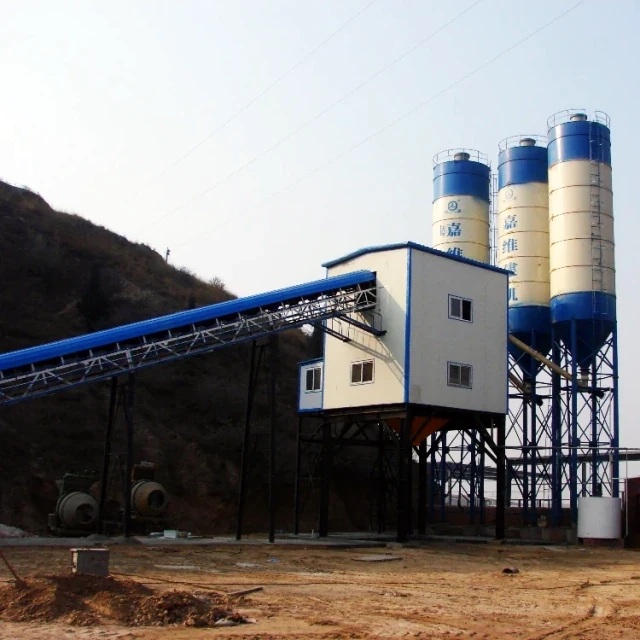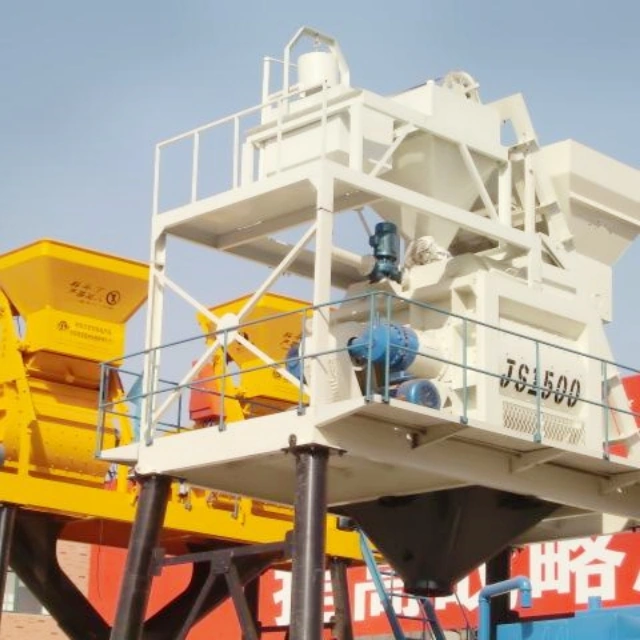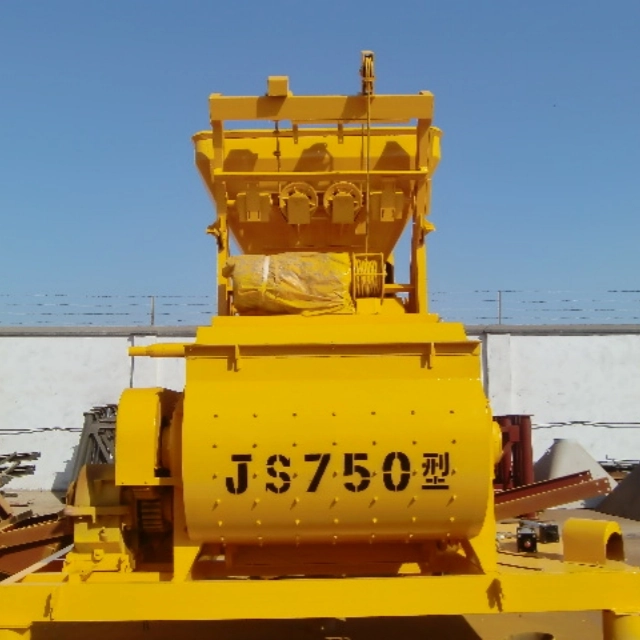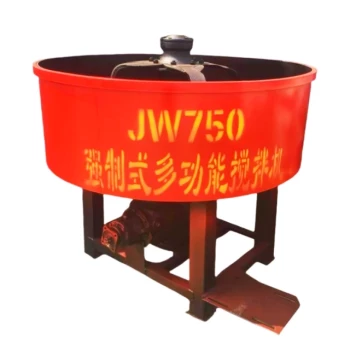When your pneumatic cylinders lose power, production halts. This guide delivers a field-tested framework to systematically diagnose insufficient output force while implementing preventive measures—specifically tailored for concrete mixing stations and heavy construction equipment.
Root Causes of Insufficient Cylinder Output Force
80% of cylinder failures stem from two culprits: air supply issues or mechanical wear. Diagnosing the correct origin prevents wasted repair time.
Critical Failures: Air Supply vs. Mechanical Wear
-
Air Supply Problems (55% of cases)
- Low compressor output (below 90 psi) starves cylinders of force
- Leaking fittings or hoses create pressure drops
- Undersized air lines for cylinder volume
-
Mechanical Wear (25% of cases)
- Worn piston seals allow internal bypass
- Rod scoring from misalignment accelerates seal degradation
- Corroded bearings increase friction
Ever noticed cylinders stuttering during humid weather? Contaminants amplify both failure types.
Hidden Risks of Condensate and Contaminants
Water and particulate matter—common in concrete mixing environments—cause:
- Seal swelling from moisture absorption
- Sticky valve operation when dust mixes with lubricant
- Corrosion pits on cylinder rods
Proactive Troubleshooting and Repair Strategies
Follow this 4-step inspection protocol before disassembling components:
Step-by-Step Air System Inspection Protocol
-
Pressure Verification
- Check regulator setting matches cylinder specs
- Measure dynamic pressure at cylinder port during operation
-
Flow Testing
- Time cylinder cycles against manufacturer benchmarks
- Listen for hissing at rod glands/connections
-
Lubricant Audit
- Inspect lubricator reservoir levels
- Verify oil viscosity matches ambient temperatures
-
Mechanical Inspection
- Check rod alignment with laser level
- Feel for uneven resistance during manual stroking
Lubrication Optimization for Long-Term Performance
- Synthetic lubricants outperform mineral oils in humid conditions (last 3x longer)
- Automatic lubricators prevent human error in dosing intervals
- Centralized systems (like those in Garlway winches) reduce contamination risk
Preventing Recurrence in Concrete Mixing Stations
High-humidity sites require customized maintenance:
Industry-Standard Maintenance Intervals
| Component | Normal Interval | High-Humidity Interval |
|---|---|---|
| Rod Wipers | 6 months | 3 months |
| Piston Seals | 12 months | 6 months |
| Air Dryers | Annual | Quarterly |
Case Study: Resolving Output Force Loss in High-Humidity Environments
A Brazilian concrete plant reduced cylinder failures by 72% after:
- Installing refrigerant dryers with auto-drain valves
- Switching to PTFE-impregnated seals
- Implementing weekly lubricator checks
Key Takeaways for Construction Teams
- Diagnose smartly—80% of issues surface during air system checks
- Prevent aggressively—halve maintenance intervals in humid conditions
- Upgrade strategically—corrosion-resistant materials pay back in 8 months
For equipment like Garlway’s pneumatic winches, pairing these protocols with OEM-recommended parts extends service life by 40%. Start with pressure checks before assuming mechanical failure—you’ll save hours in unnecessary disassembly.
Related Products
- Concrete Cement Mixer Machine Drum Mixer for Construction
- Construction Products Concrete Plant Machine Mixing Concrete Mixer
- HZS25 Best Cement Mixer for Quick Mix Concrete at Bunnings
- Hydraulic Concrete Mixer Machine Cement Mixing Equipment for Mixture Concrete
- Shaft Mixer Machine for Cement and Regular Concrete Mixing
Related Articles
- How Concrete Mixers Cut Costs and Boost Efficiency in Construction Projects
- How to Test Concrete Mixer Brake Systems for Optimal Safety and Compliance
- How to Classify and Resolve Concrete Mixer Hazards with Compliance
- How to Prevent Structural Failures and Explosions in Concrete Plants: A Safety-First Guide
- How to Verify Fasteners and Connectors in Concrete Mixers: A Safety-First Approach





















